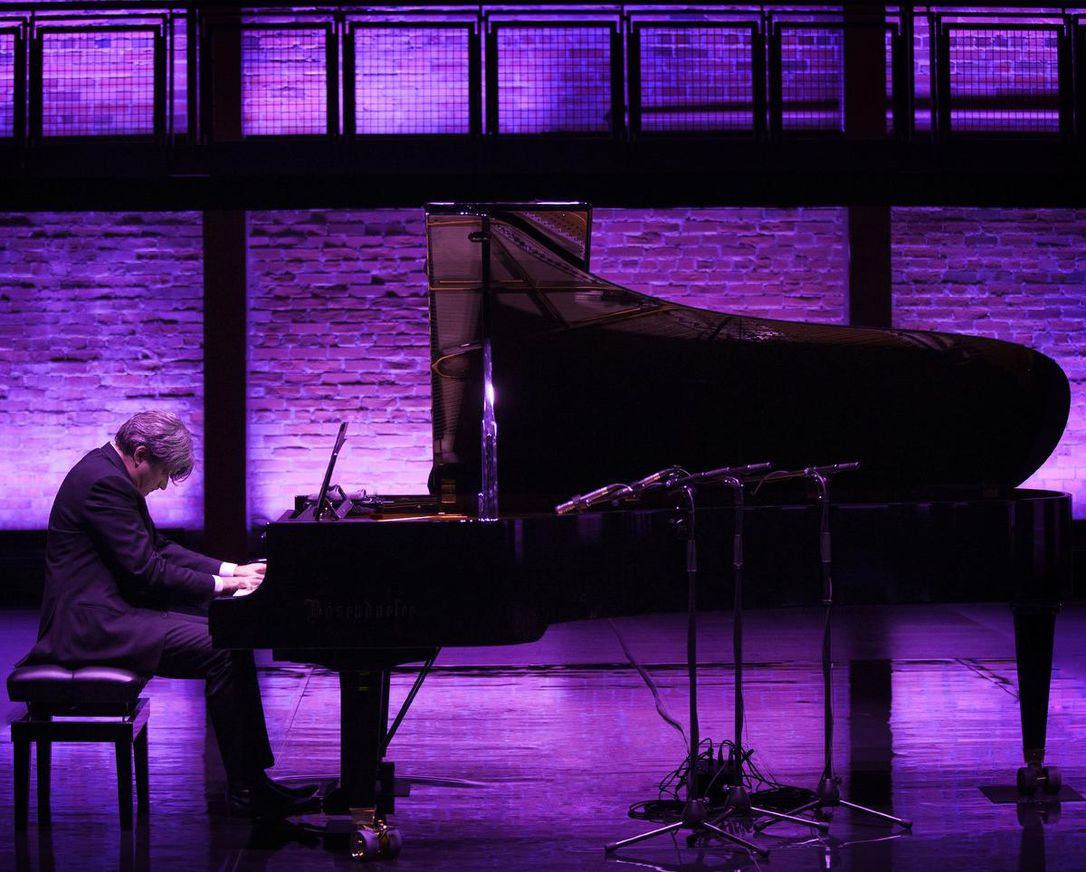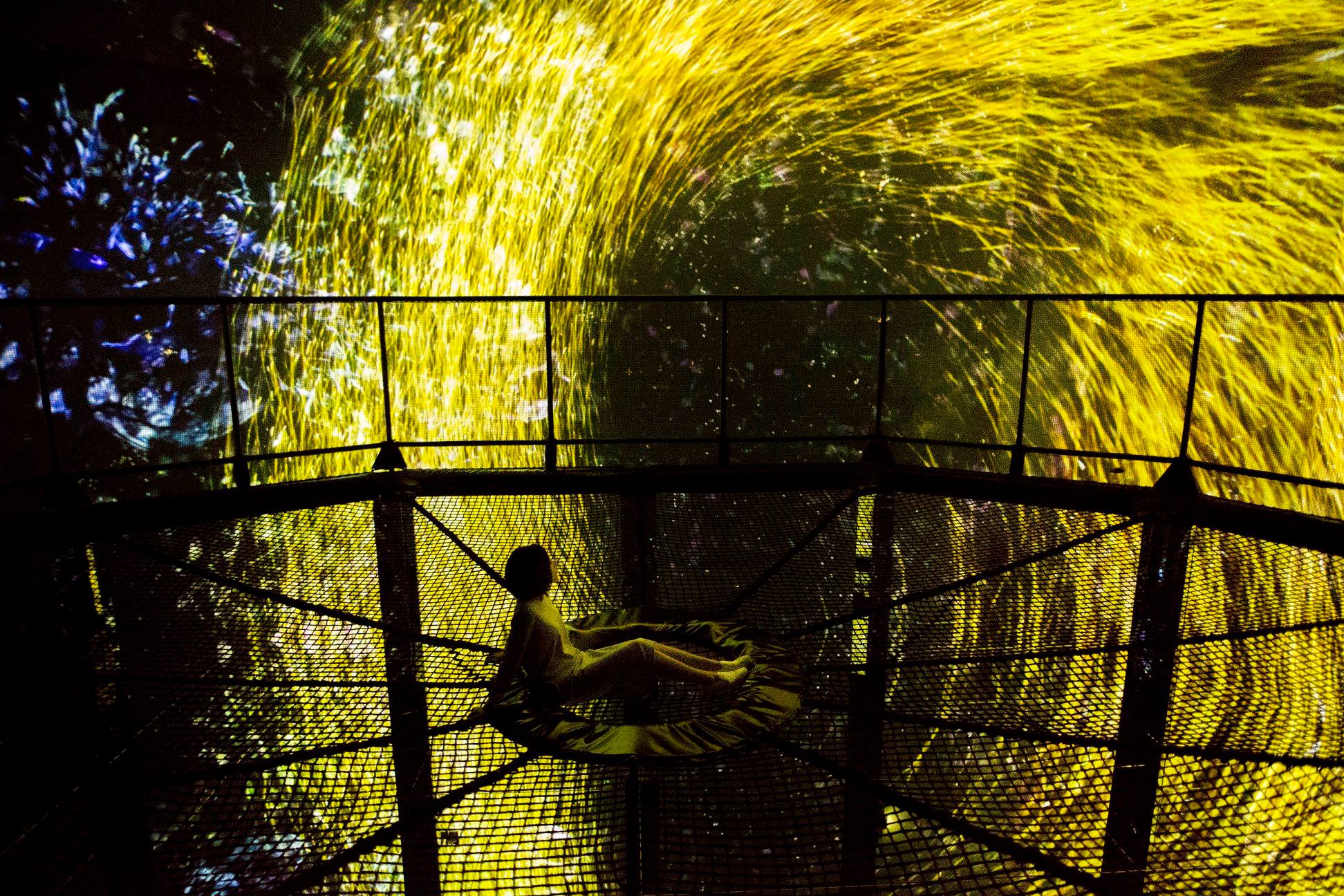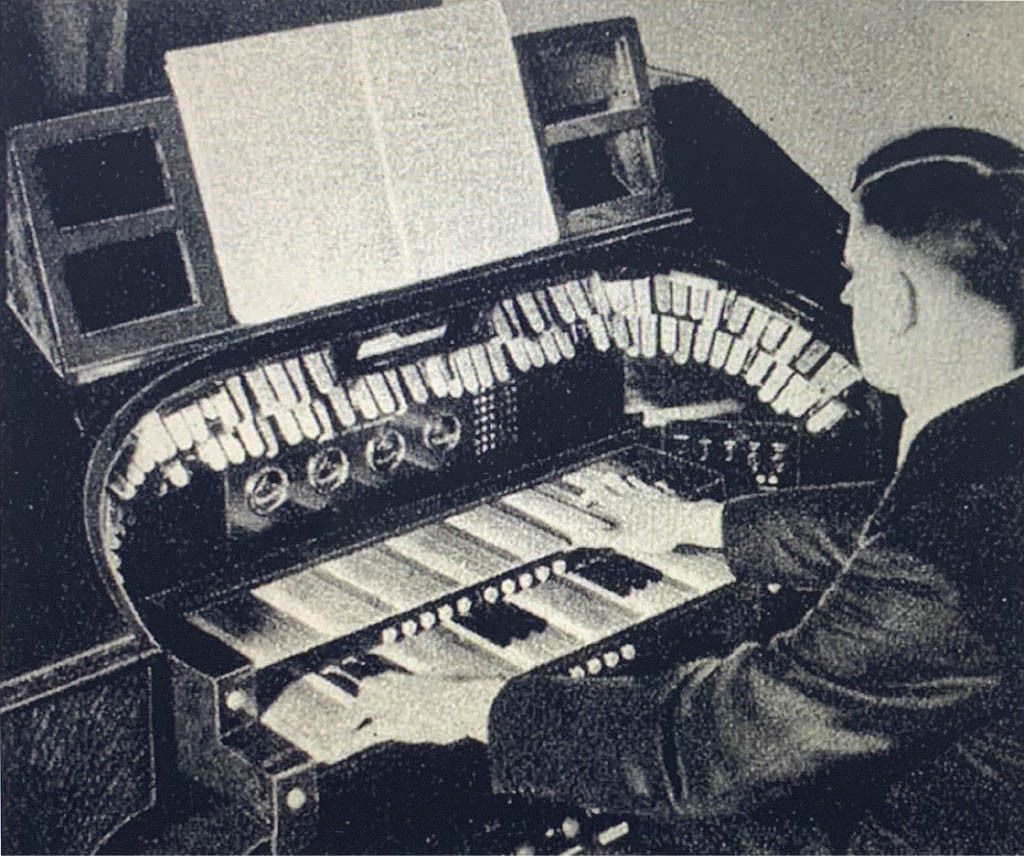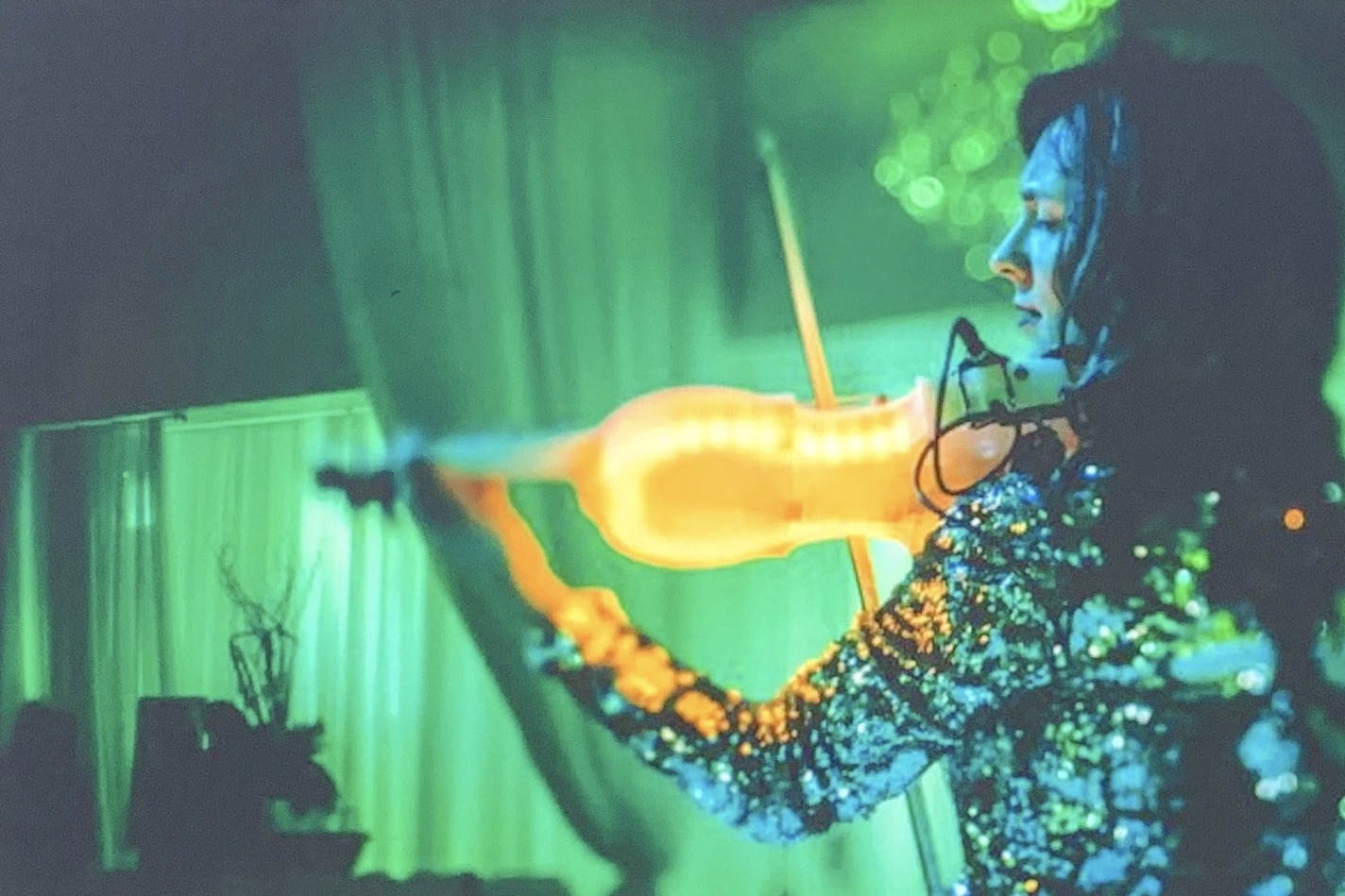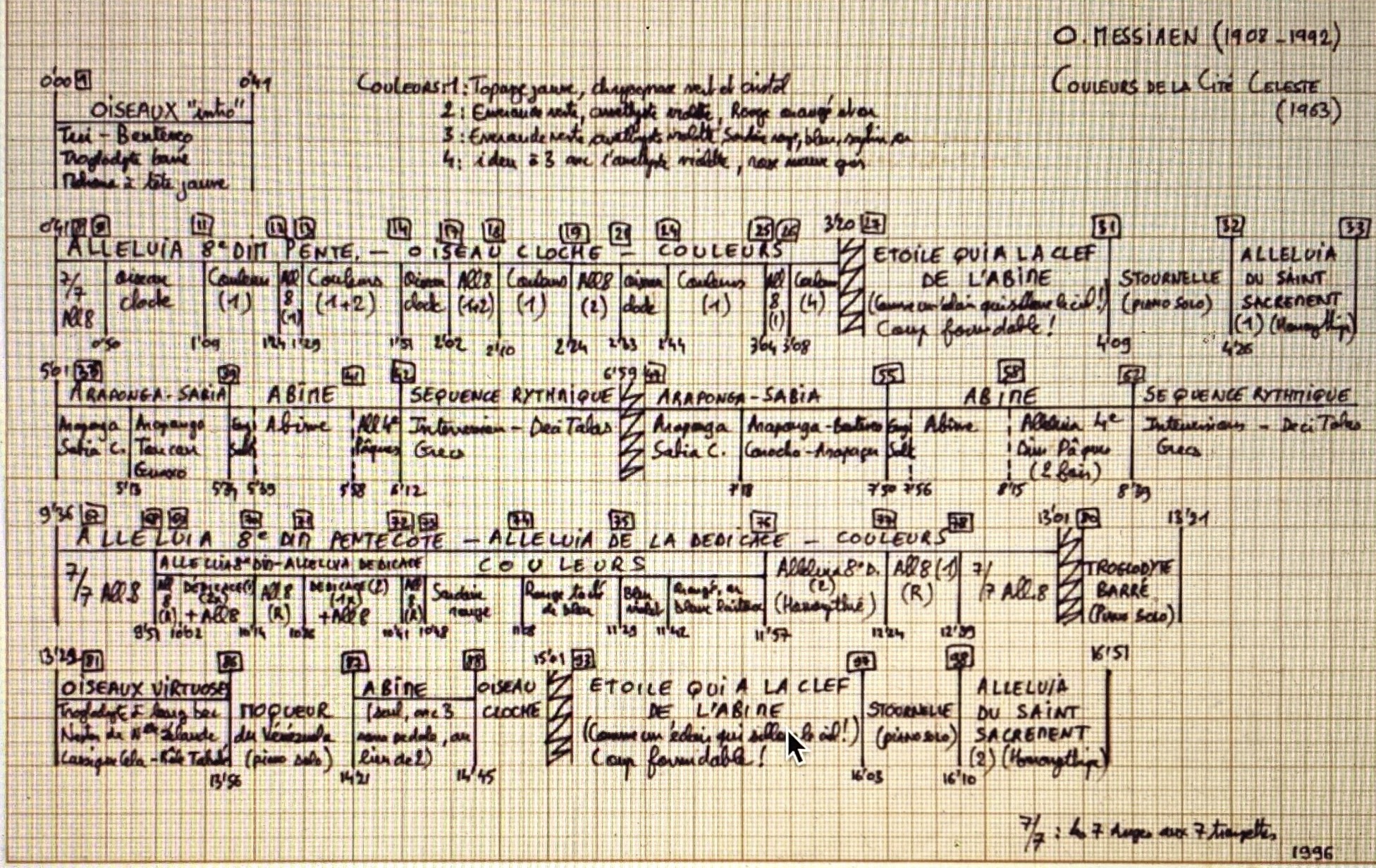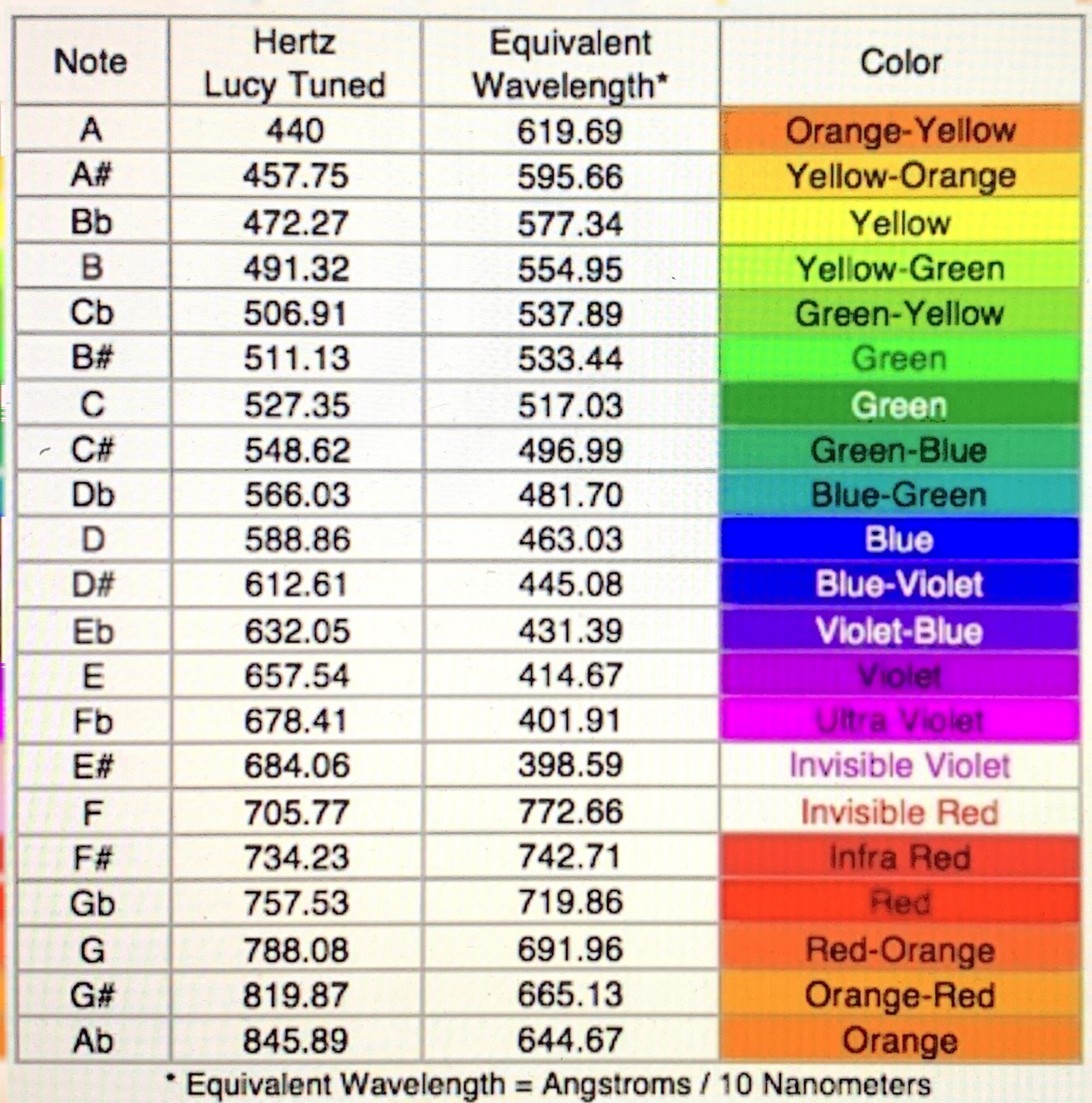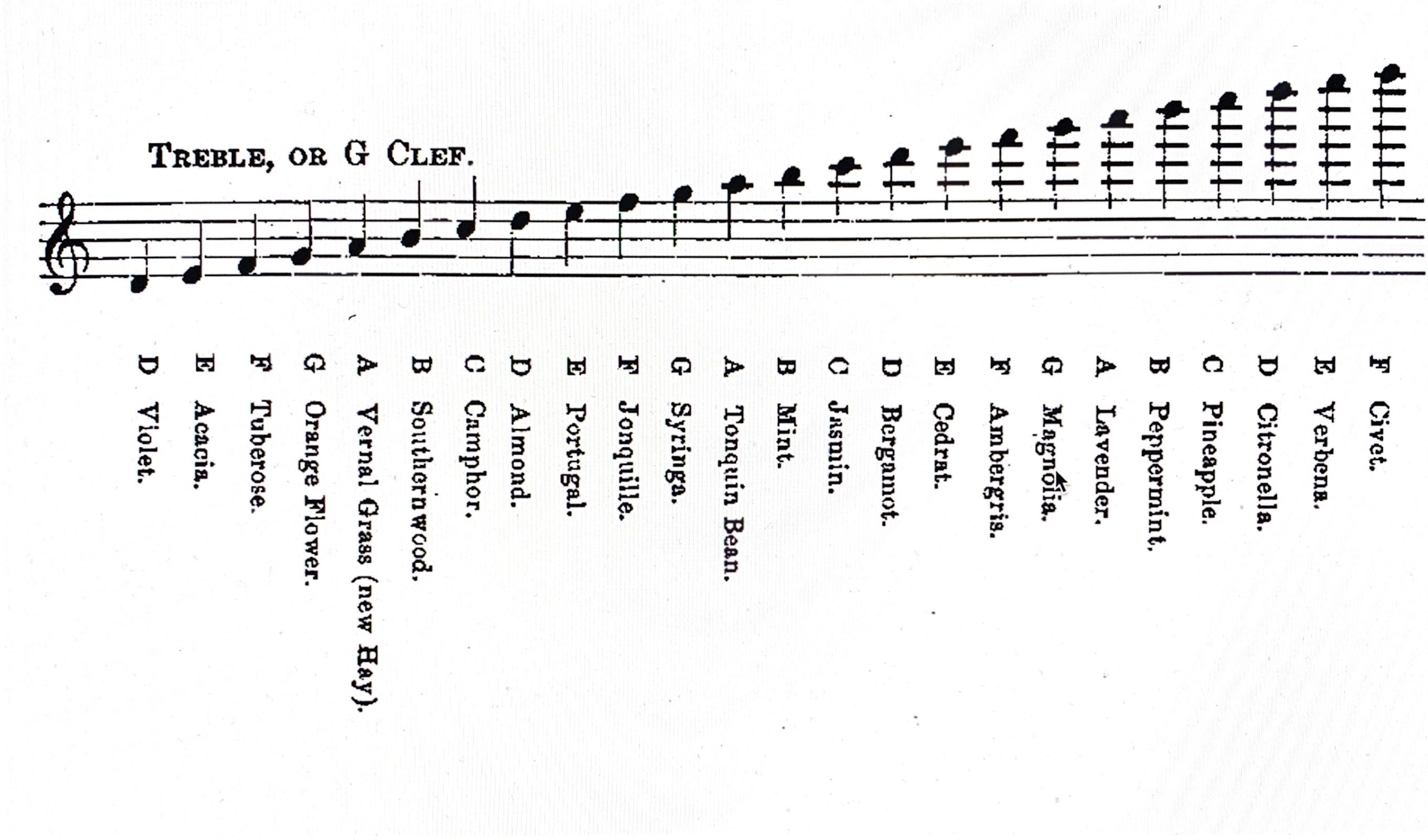A few years ago, I had the fortune to work for a while in Japan, a country I have known for a long time, during my stay I visited MORI Building DIGITAL ART MUSEUM: teamLab Borderless, is a digital museum full of works with images, lights, sound and objects that invite you to get lost in its labyrinths and live multi-sensory experiences that make us awaken the imagination and the senses. For those who have not been able to live any of these experiences … imagine entering a building with many rooms where for seasons they make audiovisual works representing nature using technological digital means in each of the rooms, the first memory that comes to mind is to enter a dark room, walk on a narrow corridor that takes you to a network suspended in space … I felt little vertigo for the transparent and unstable but since I settled it was very nice and comfortable!, after this the lights begin and the music I began to see flashes of different colors moving around me it is as if I were inside a galaxy, inside an infinite tunnel … this was amazing in a second it transported me to another world. What if you had these experiences in your day to day …? What if we could see colors when we hear sounds? Can color be a sound? Can the touch of a surface cause an emotion that makes you sad? Can a smell or taste make us feel cold? Can something have a sharp taste?
Creation
In 1910 the Clavier á lumère was created, a keyboard-like instrument by which each note produced a beam of light with a color corresponding to a chromatic scale visualized by the composer and pianist Alexander Scriabin, this great artist had a vision of sharing and transmitting to the audience what he felt multi-sensorial, I mean seeing colors through sounds.
Scriabin, composed Prometheus: The Poem of Fire (Symphony No. 5), in this orchestral work, the Russian composer added a piano, a choir and the Clavier á lumère where by means of the beams of light projected on the stage, he showed and towards feeling to the audience the colors that he saw when listening to the music, that is, that they could perceive sensations comparable to his own, or as he described it “a powerful psychological resonator in the listener”.
Synaesthesia
Neurologically the explanation that I liked the most was the one shared by Richard Cytowic, where he tells us that synesthesia is a fundamental attribute of mammals, we all have it but only some people are aware of this and each individual can develop it with greater or lesser intensity, he also explains that most brain processes work at the subconscious level, although there may be cases that reach a higher level of consciousness, in any case, this experience remains in the unconscious of the person, so in short, the only difference between synesthesia and a person who is not, is that the former is aware of their synesthetic experiences.
Synesthesia makes us experience sensations from different senses at the same time before a single perceptual stimulus. According to the Royal Spanish Academy of Language, the word synesthesia comes from Greek and is formed by the union of the words “syn”, which means union, and “aísthesis”, which translates as sensations, so we could define it together as “United Sensations”.
It is important to mention that this condition is usually manifested by the appearance of colors and shapes linked to the senses of hearing, smell, taste or touch, although there are also other rare ones, such as the touch-mirror, in which the synesthetic experiences the same sensations as another person he is seeing at that moment. For example, if the other person feels pain, the synesthetic also feels it.
In the case of music, melody has the power to provoke sensitive reactions in the human being, capable of reviving images, places, situations, memories, people and on the other hand, in the art of smells, a fragrance can make us visualize a memory, a situation or a specific fact.
Speaking of the history of classical music and art, we find many cases of composers, writers, and synesthetic painters, as is the case of the composer Richard Wagner and his peculiar way of writing scores with the colors that represented the sounds he heard. On the other hand, this is the case of Oliver Messiaen, one of the most important composers of the twentieth century, lover of the sound of birds, his synesthesia allowed him to see colors through sound and vice versa, Massiaen made countless references to light, color and visual in some names of his compositions. His condition took him so deep that he said…
“One of the great dramas of my life is telling people that I see colors when I listen to music, and they don’t see anything, nothing at all. That’s terrible. And they don’t believe me. When I listen to music I see colors. The chords are expressed in terms of color for me. I am convinced that one can express this to the public.”
We could stay a long time talking and citing many experiences of a wide variety of artists with this condition who have delighted us with magnificent works, but I would like to delve a little deeper into how people with this condition associate the senses specifically with sound and/or music. In general, synesthetic people automatically associate a color with each note, including the different tones, but a very interesting feature is that they will always associate the same musical tonality with the same colors or same color tonality. The difference lies in each synesthetic individual, that is, each person with this condition has its own association, that is, that one hears a note and sees the same color always, another synesthetic person can see the same or a different one, but always the same associated with each note or tone.
What happens with people who are not synesthetic, is that these associations between colors and music do not occur automatically, so they are variable because they can be influenced by various factors such as mood, or associations based on childhood learning modified by memory, although in general, most people already have certain associations such as bass sounds with dark colors and lighter colors when hearing higher sounds.
How is it that the frequencies of sounds and smells affect human behavior differently? High frequencies would incisively influence cognitive functions, such as thinking, perception, or memory. The average frequencies, in neurovegetative processes, such as heart rate, or in the emotions themselves, while low-frequency sounds would influence motor behavior.
Dr. Septimus Piesse who was a noted French perfumer and chemist created a unique way to combine smell and sound. Matched a particular note or sound with a particular smell. Starting with the Do1 of the key of F in 4th line, that is, 3 octaves below the central C, Dr. Piesse assigned to the bass notes, heavy odors, and to the sharpest, penetrating odors. Combinations of several notes, in turn, result in a chord. Piesse, produced a combination or mixture of different aromas generating a harmony of smells, from there emerged the “Odophone” (Perfume Organ), an impressive instrument which looks like an organ but instead of emitting sound when the keys are pressed, it gives off smells. It would be an unimaginable experience to be able to hear and feel the music through aromas.
In the same way that there were synesthetic builders of instruments, who in their manufacture not only sought the sounds of greater purity but also gave off “aromas” and “colored lights”, there are composers with the same synesthetic condition that is clearly reflected in their work, as in the case of the Austrian composer Franz Liszt, in 1842, when he was Kapellmeister (maestro di cappella) in Vienna, he used to ask his orchestras “A little more blue please, this tone requires it” or “a deep violet, please… not so pink”, in passages that he considered more appropriate to be interpreted with a color.
Human behavior is wonderful the more sensitive and creative you are, you can feel and experience very intense sensations, this makes me reflect on the importance of being the person responsible for transmitting a piece of music to the public. As monitor engineers, for example, we are constantly faced with very peculiar explanations of how “musicians listen” and how they refer to specific sounds or sensations, it would be a challenge to work with a synesthetic person and be able to transport you to that world of smells, colors and sounds that music awakens.
Bibliographical references:
-The Synesthetic Composer: Oliver Messiaen
– Scents & Sensibility: Perfume in Victorian Literary Culture
– Synesthesia: music and color
– Synergy Between Art and Science
